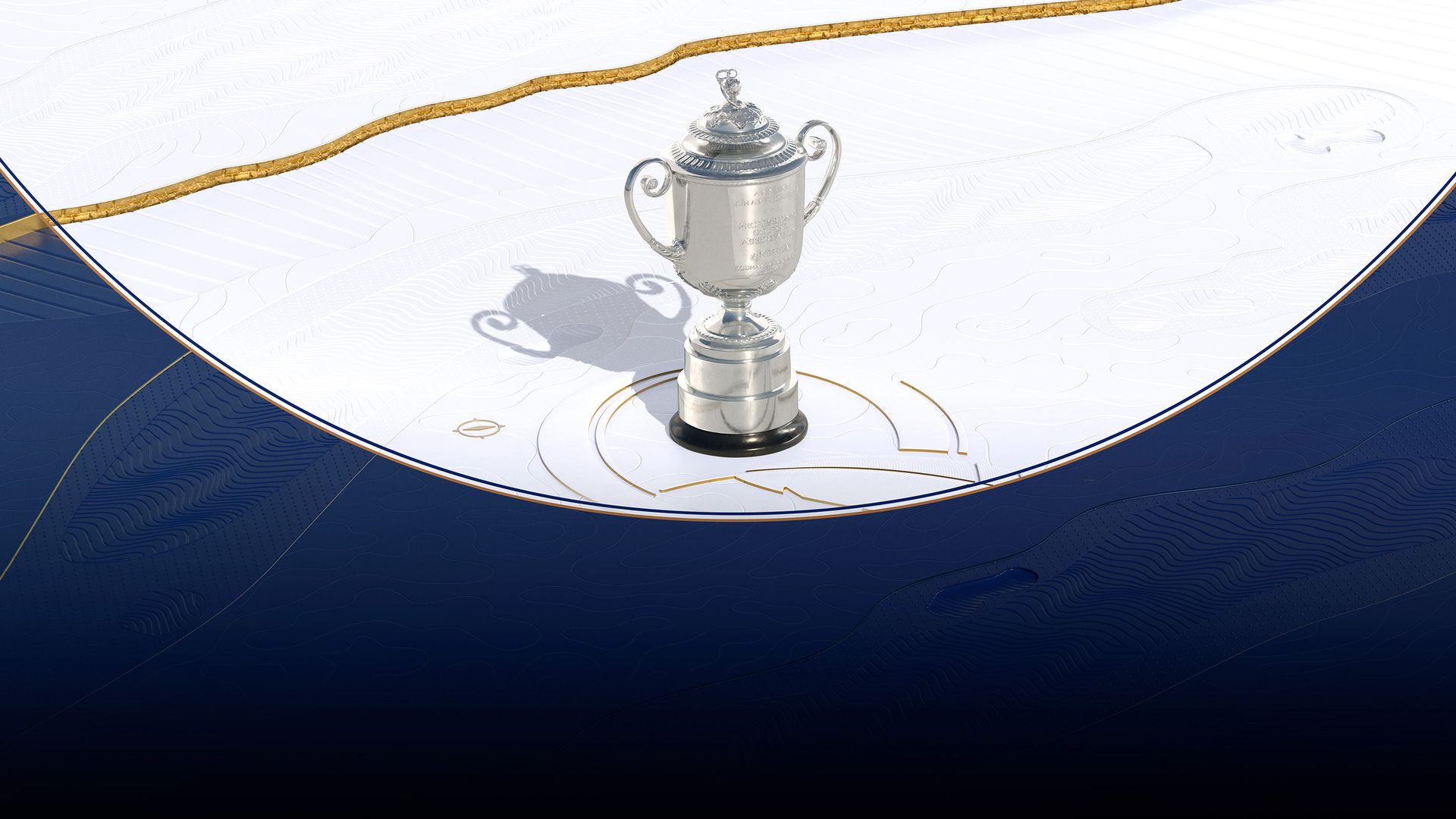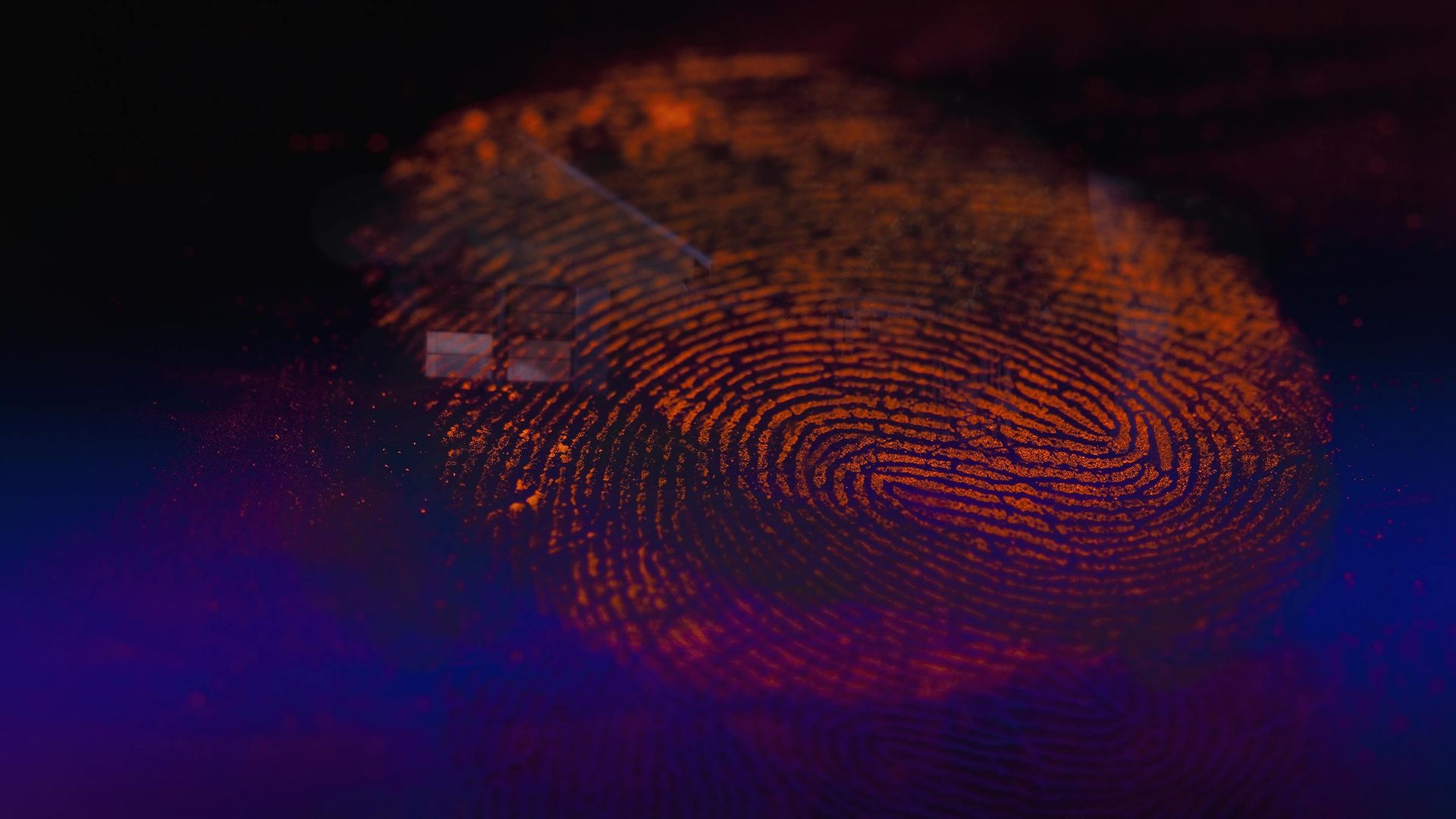-

THIRD ROUND STARTS 1PM ET
Golf's only all-pro major championship returns! Catch all the action from the Quail Hollow Club. -

Live Tonight 9/8C
48 Hours investigates the most intriguing crime and justice cases that touch on all areas of the human experience, including greed and passion. -

Catch Up On The Series Finale
A Los Angeles S.W.A.T. lieutenant balances loyalty to the job and to the streets where he grew up. -

Catch Up On The Latest Episodes
FBI: MOST WANTED focuses on the FBIs Fugitive Task Force, an elite unit that relentlessly pursues and captures criminals on the Bureau’s Most Wanted list. -

Catch Up On The Latest Special
The Greatest @Home Videos, hosted by executive producer Cedric the Entertainer, is a one-hour series that showcases humorous and heartwarming viral home videos. -

NEW SEASON NOW STREAMING
Payback is a mother. The queens of the South Side rise to reclaim their power, but it soon becomes clear that there’s only one crown.





